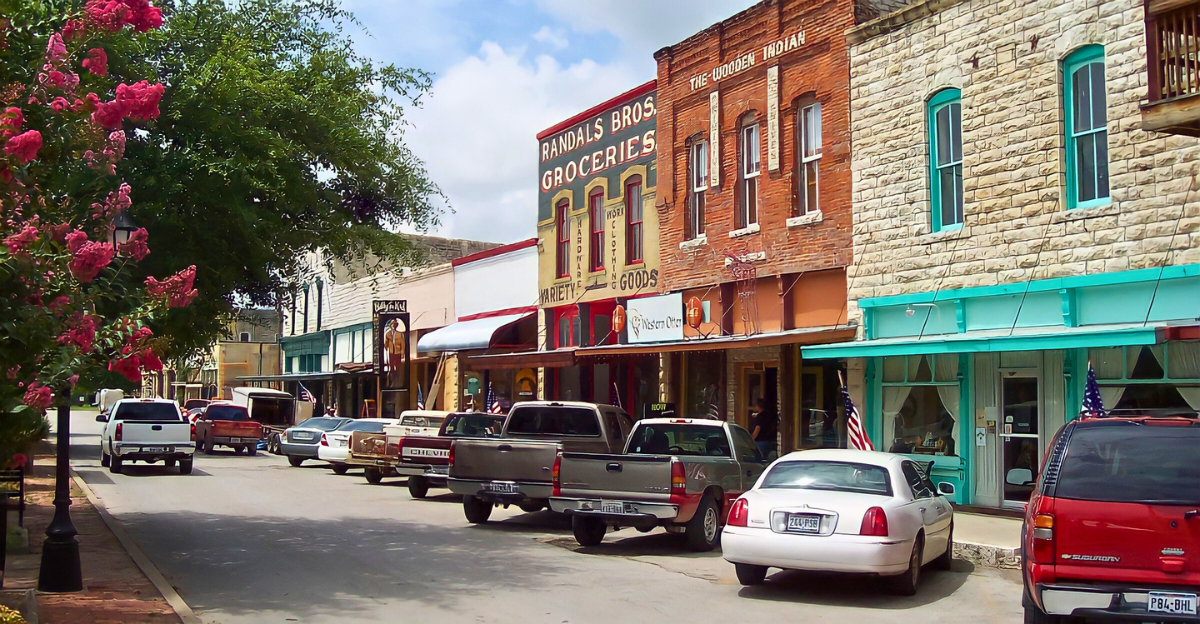
New Braunfels has exploded onto the map with rapid growth. From 2021 to 2023, its population jumped from about 87,500 to nearly 98,700 residents (a 12.7% increase).
This surge—driven by its prime location between booming Austin and San Antonio—makes NB one of the fastest-growing suburbs in the country.
Analysts note this is “one of the most dramatic suburban transformations” in modern Texas, with housing and services scrambling to keep up.
Local leaders say the city’s blend of natural beauty and jobs is drawing newcomers from across the state.
National Recognition
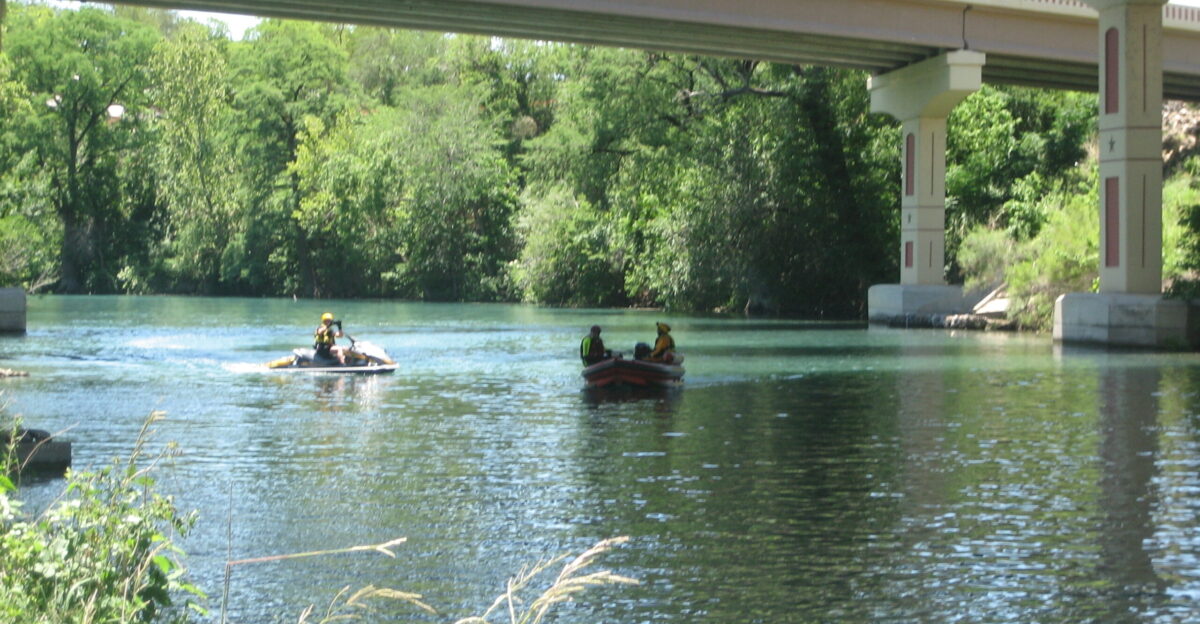
In summer 2025, NB earned national notice. GOBankingRates ranked New Braunfels #11 among U.S. suburbs (population 25K–200K) whose home values stay under $500K.
To qualify for the list, places needed at least 9% population growth in two years, which NB surpassed handily.
The study highlighted NB’s 12.7% jump and its median home price (~$368K).
New Braunfels is growing fast and staying relatively affordable – a rare combination that experts say will keep it in the spotlight.
Historic Context
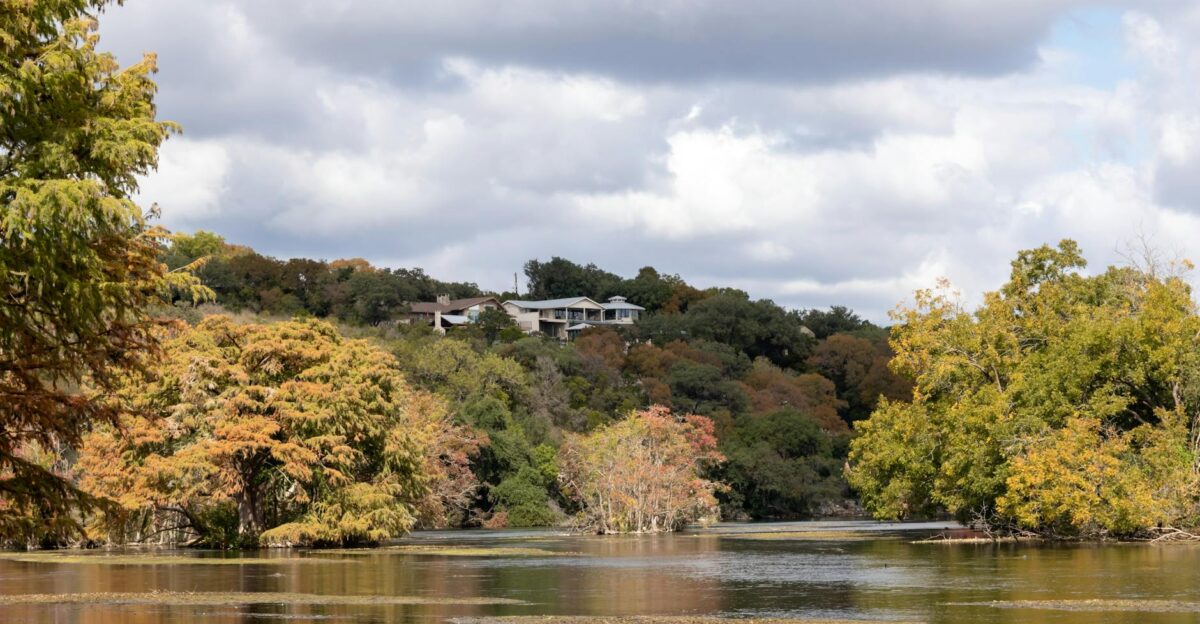
The city’s boom overlays a long history. Founded in 1845 by German settlers, New Braunfels grew from just 1,700 people in 1850 to nearly 100,000 today.
Old-world heritage still colors the community – from German street names to annual festivals – even as the modern city expands.
The Sabinal and Comal Rivers (which drew settlers) remain focal points, and historic downtown districts endure.
This continuity has given NB a sense of identity: planners say the German-Texan roots provide social stability and pride as the population swells.
Building Pressures
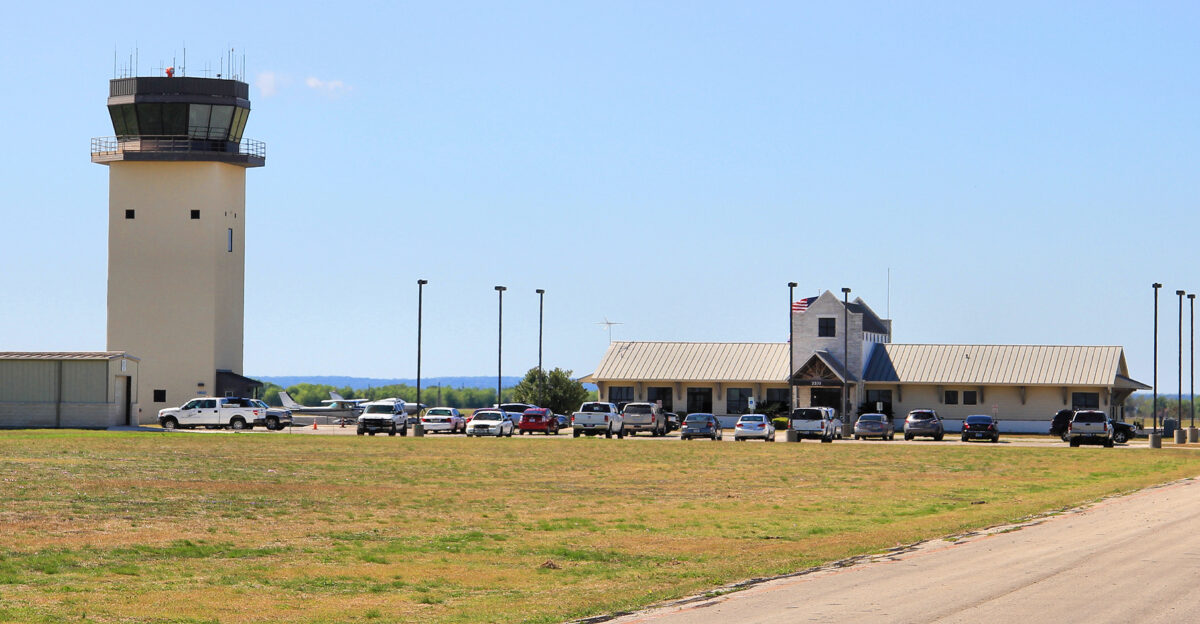
Soaring growth is straining infrastructure. City planners project roughly 137,000 residents by 2027 and ~200,000 by 2040 (doubling current size). Utilities report surging demand: in the last year NB saw a 6.3% increase in new electric meters (and 4.6% for water).
Schools are bursting at capacity: NBISD broke ground on an 11th elementary campus to relieve crowding. Even water supplies and roads must expand.
City engineers and educators warn that careful planning is essential if life-quality (and “small-town” charm) is to survive this rapid expansion.
The Ranking Revelation

In August 2025, a new national study put New Braunfels in the spotlight. For the first time the city made GOBankingRates’ list of fastest-growing affordable suburbs (those under $500K) at #11 nationwide.
Local residents are both proud and pensive. “New Braunfels is one of the top 10 fastest-growing cities in the US… It’s almost 100,000 people now,” one newcomer observed, “but it’s still set up like an adorable small town”.
That balance – explosive growth alongside an affordable median home price (~$368K) – was exactly what the study highlighted.
The ranking confirmed what locals felt: their town is booming, and people notice.
Texas Dominance
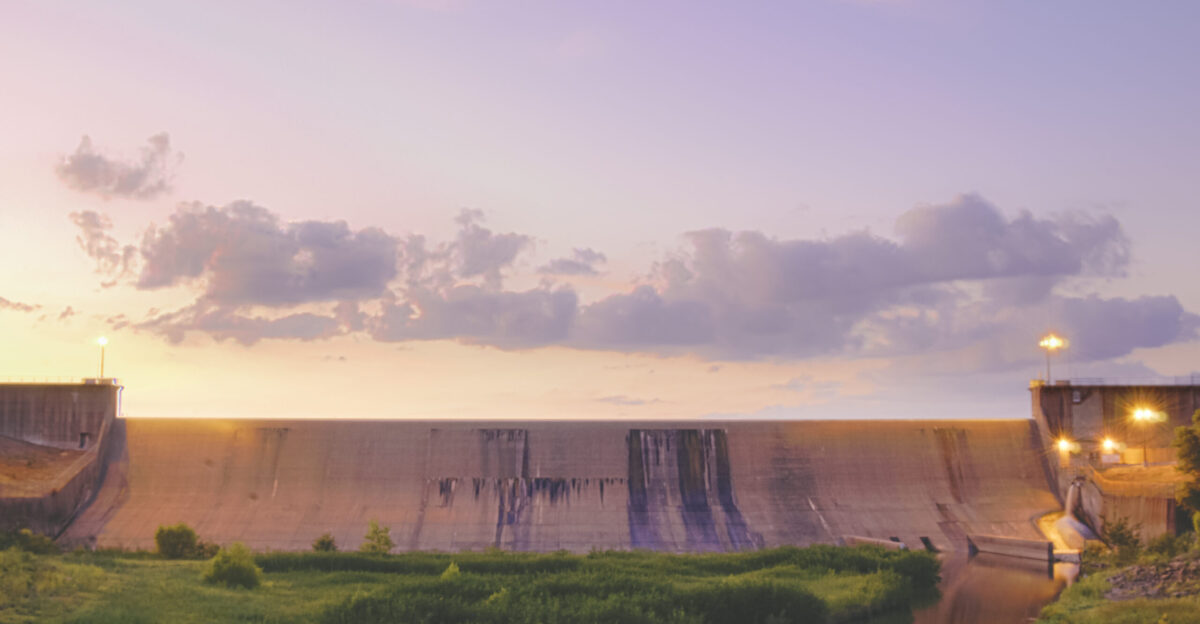
NB wasn’t alone on the list – Texas dominated it. Of the 26 suburbs honored, 13 were in Texas (exactly half).
Atascocita (Humble area) was #2, Kyle #3, Conroe #4, and Texas towns filled 13 of the 26 spots.
This concentration reflects a broader migration: Sun Belt suburbs in Texas are growing explosively. New Braunfels as the lone San Antonio-area entry underscores its unique position.
The phenomenon fuels a friendly rivalry: neighboring cities tout their own surges, but Texas as a whole continues to pull ahead of the nation in suburban growth.
Human Impact
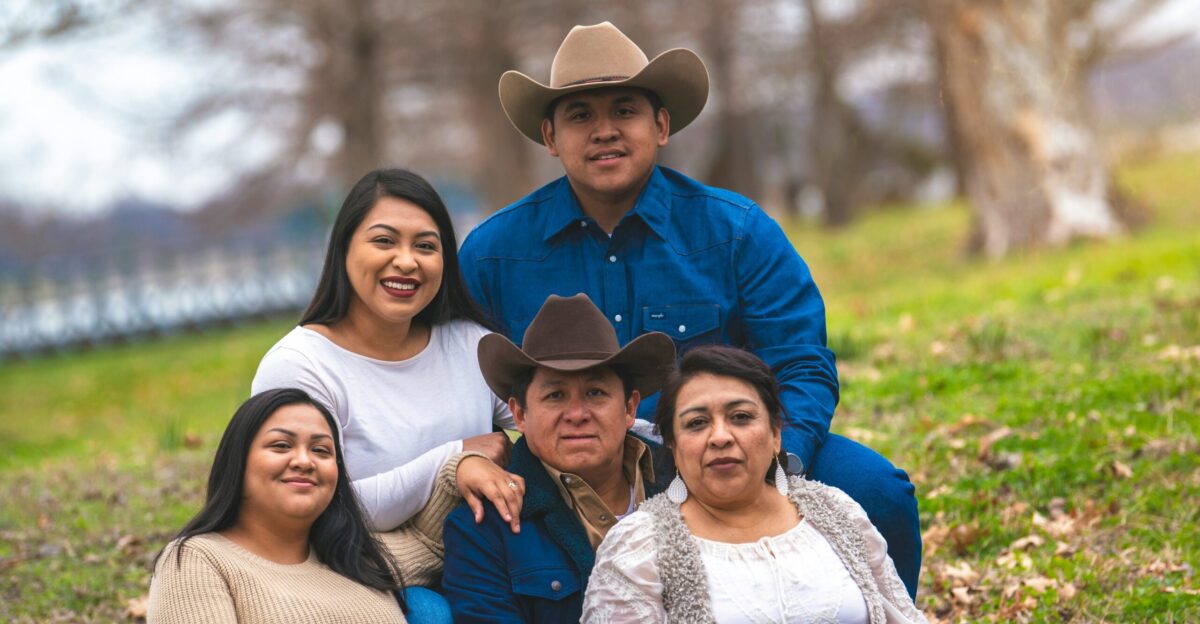
Behind the stats are people. In NB, the working-age population (20–54) jumped roughly 22% in a single year.
The Chamber of Commerce notes a big segment of these newcomers are young professionals with kids: “They’re high wage earners who commute daily,” says NB Chamber CEO Jonathan Packer.
Locals report new families arriving for jobs, lower taxes, and a hill-country lifestyle. Parents often cite good schools and safe neighborhoods as reasons to move.
One resident summed it up: NB offers “Hill Country charm” with quick access to jobs in Austin/San Antonio.
Regional Competition
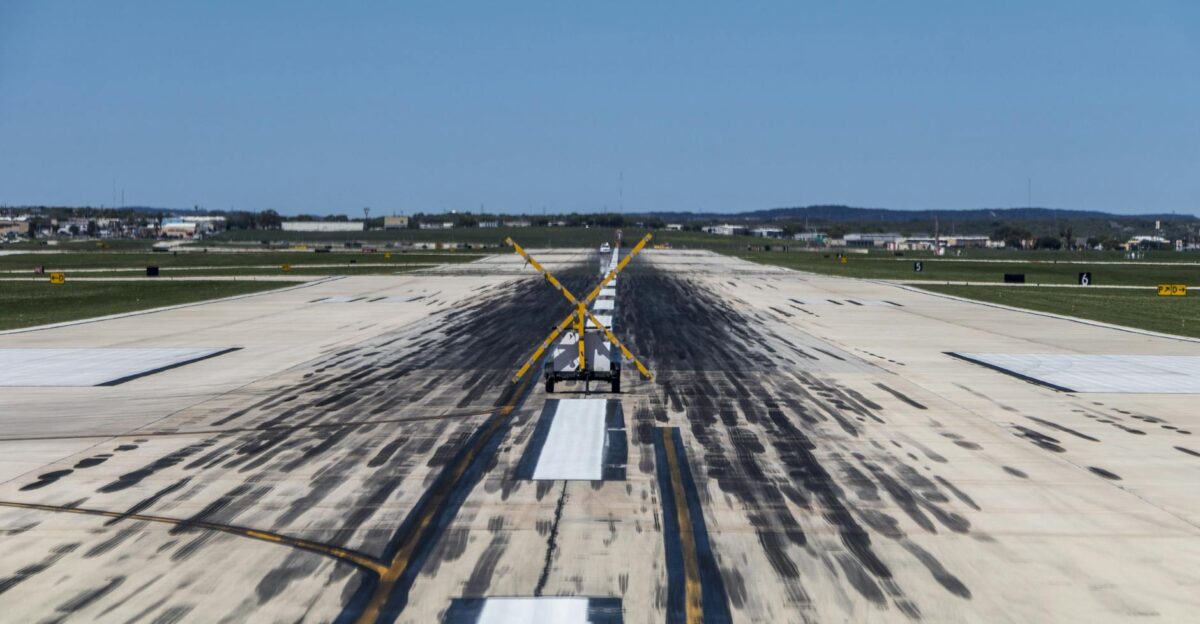
New Braunfels isn’t growing in isolation. Along the I-35 corridor it faces steep competition and synergy with neighbors. Nearby suburbs like Boerne have surged ~70% since 2014, and Seguin’s population jumped by about 32% since 2020.
The entire Austin–San Antonio mega-region (now ~4.5 million people) could reach 6–7 million by 2030.
Even local commuters feel it: “More people move to Comal County from Bexar County than the opposite. It’s a destination of choice for Texans,” observes Packer.
Surrounding towns are booming in parallel, making the Hill Country one gigantic fast-growing metroplex.
Economic Transformation

The economic effects are visible. A 2023 study found tourism alone pumped ~$1.3 billion into New Braunfels (about +10% from 2022).
CVB President Tanya Pence notes tourism (including river outfitting, parks, hotels, etc.) supports some 15,000 jobs — roughly 31% of local employment.
Million-dollar homes and river outfitters coexist: city data show ~250,000 visitors floated the river during spring–summer 2023, and Wurstfest drew over 200,000.
Growth has spurred new restaurants, shops, and festivals, but also congestion in summer. “Tourism is in the top 3 for income generation for our city,” Pence said, underscoring how visitors underpin NB’s economy.
Wealth Migration

The newcomers aren’t all modest earners. NB ranks among the nation’s leaders in attracting high-income households. A SmartAsset analysis (via CultureMap) placed New Braunfels 25th nationwide for affluent growth.
In 2023, about 13.2% of NB households earned $200,000+ (adding roughly 1,800 wealthy households, a 38.9% increase in that segment).
This influx has a tangible impact: as one report notes, with more big earners, “New Braunfels residents can afford to spend the extra cash on small businesses and local restaurants”.
this means bumping up home prices, higher sales tax revenues, and more high-end shops—but also, neighborhood incomes rising significantly.
Infrastructure Strain
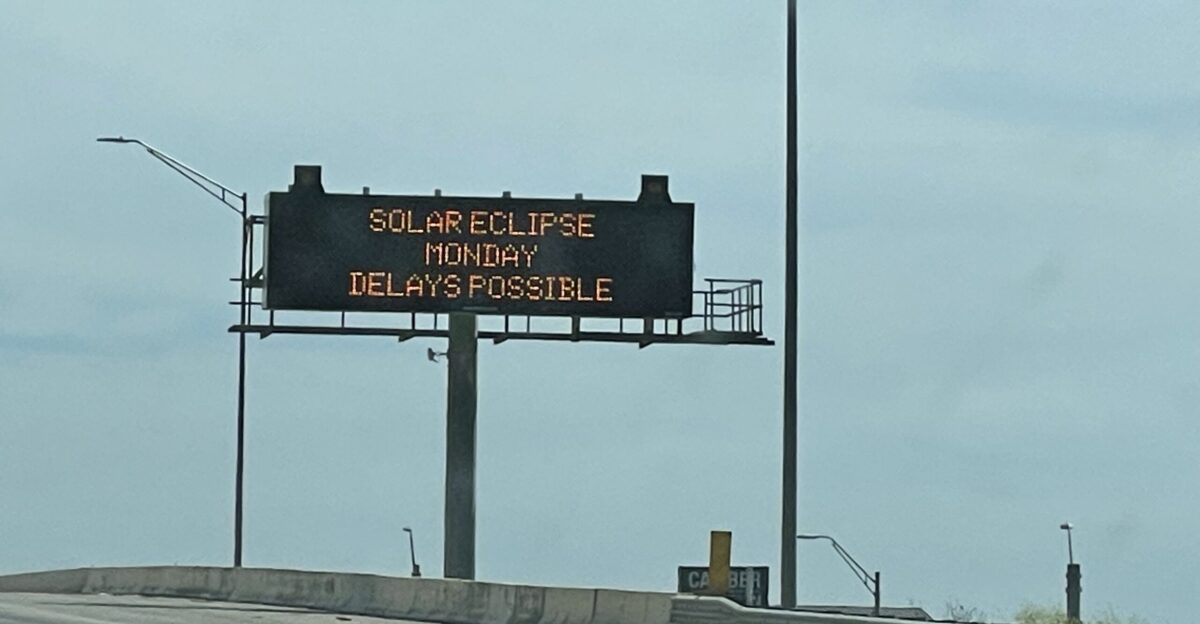
All this growth strains infrastructure. Traffic on I-35 is notoriously bad and getting worse. “The work will never conclude on Interstate 35 between Austin and San Antonio, I can say that pretty definitively,” warned TxDOT director Marc Williams in 2024, noting Texas adds about 1,300 new residents every day.
State highway spending has exploded as a result: Texas broke its record with $39 billion in road projects this year.
Despite billions spent and dozens of construction projects, rush-hour backups are still daily. Locals joke that road crews are permanent residents – an all-too-sad sign of growth outpacing mobility.
Educational Investment

Neighborhood schools are racing to expand. District forecasts show NBISD’s student body jumping from about 9,635 in Fall 2021 to roughly 13,435 by 2031.
In response, voters approved a major bond in 2021 for new elementary and middle schools to keep up. So far, the district has managed growth without slipping academically; NBISD remains in the top quartile of Texas districts.
But administrators admit constant building is needed.
One official calls this “the new normal” of perpetual school construction – and notes it’s only possible because years ago the community gambled on more capacity.
Tourism Strategy
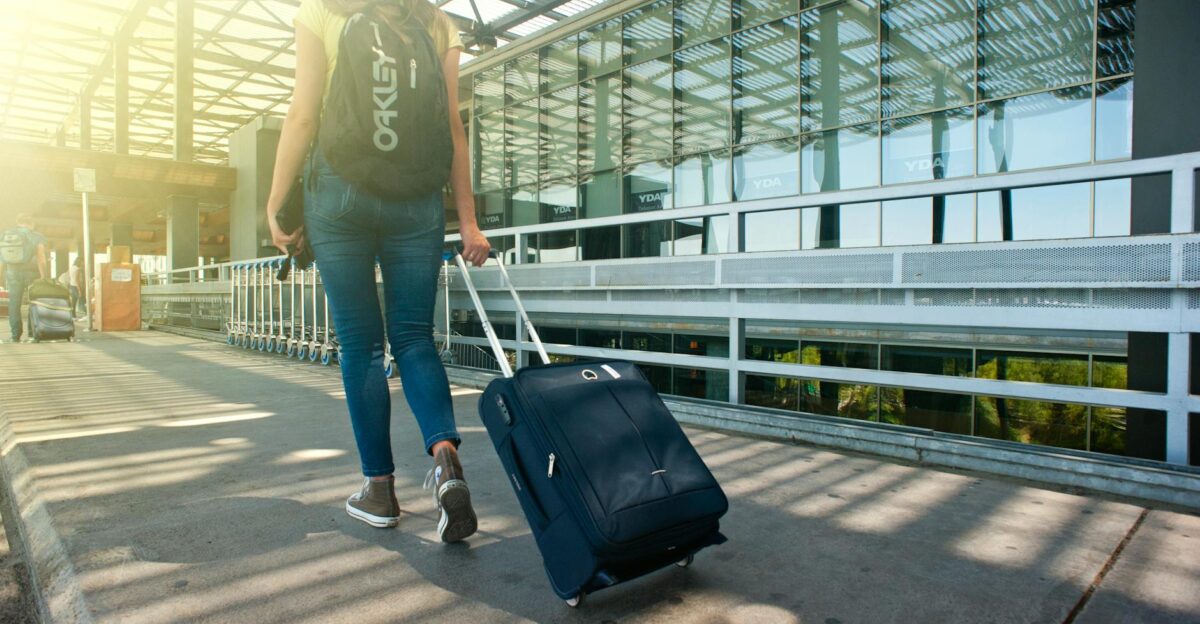
Officials have turned growth into a formal strategy. In Jan 2025 Gov. Greg Abbott certified New Braunfels as a “Tourism Friendly Texas” community.
The designation rewards the city’s focus on its rivers, festivals, and hospitality. Abbott noted tourism supports “one in eleven jobs statewide” and generates over $193.8 billion in Texas annual impact.
Travel Texas praised NB’s assets: “Whether tubing the crystal-clear Comal and Guadalupe Rivers, racing down slides at Schlitterbahn, celebrating at Wurstfest, or strolling through historic Gruene,” said officials, NB “offers travelers an authentic Texas experience”.
This mixed rural/urban tourism approach has become a deliberate driver of jobs and tax revenue.
Market Outlook
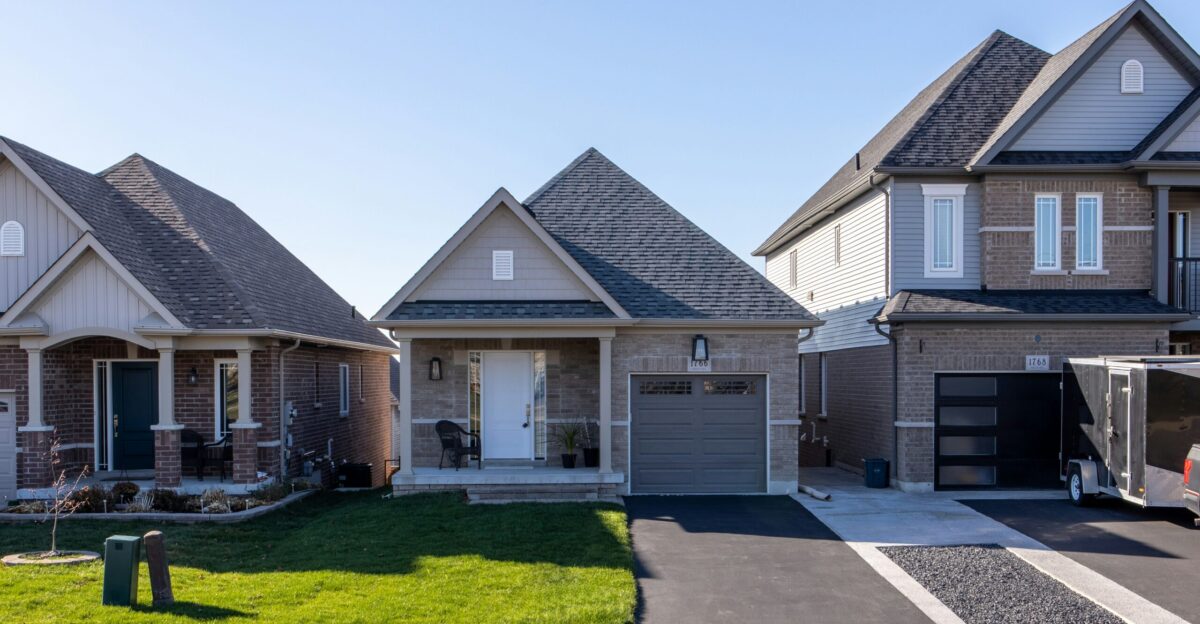
Real estate experts still see New Braunfels as a solid buy. The city’s Affordability Index (108) is slightly above the U.S. norm, and typical households spend only about 20.8% of income on mortgage – both favorable for buyers.
Compared to Austin or San Antonio, housing remains cheaper here. Firms like Spark Homes tout NB’s combination of growth and affordability.
Home values are rising but not overheating, they say, as job demand and population continue to support prices.
Many analysts believe NB real estate will appreciate steadily: the city’s momentum is strong even if broader interest rates rise.
Future Questions
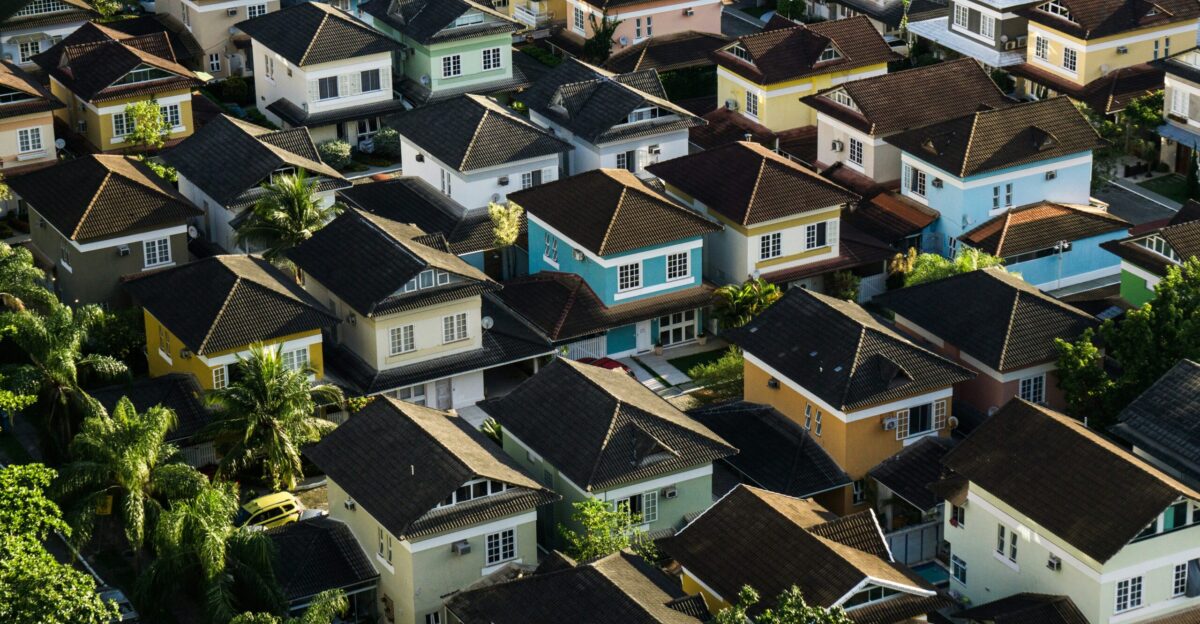
All these changes raise a central question: can New Braunfels keep its small-town character amid explosive growth? Citizens and leaders worry about the balance of development versus preservation.
As State Senator Donna Campbell observed, NB’s rapid growth “underscores New Braunfels’ dedication to preserving its heritage while promoting economic growth”.
That means tough policy choices: how to direct new housing and industry into planned corridors, invest in infrastructure and schools ahead of demand, and protect green spaces and historic areas.
The answer will shape whether NB becomes a modern city or remains a big small town.
Policy Implications
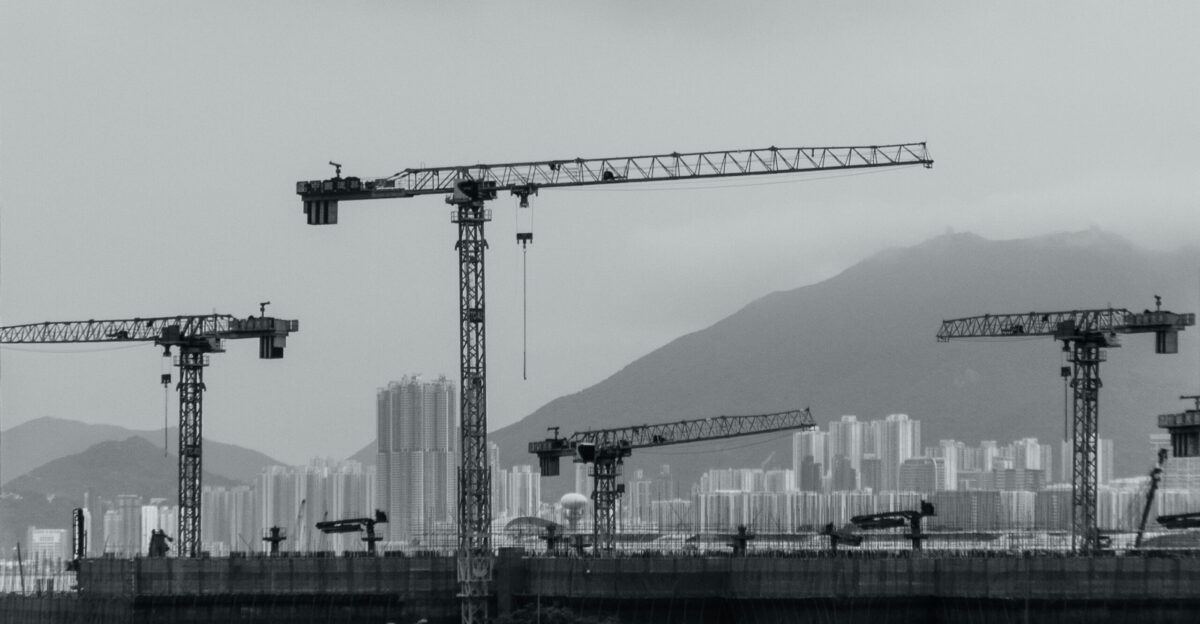
Looming over NB’s fate are state and regional policies. The Texas Legislature is debating how to pay for transit and highways as cities expand.
In Austin, for example, voter-approved Project Connect light-rail has stalled: Attorney General Ken Paxton even ruled its funding mechanism potentially illegal, and a lawsuit is in the courts.
Likewise, federal rail funding is uncertain (a new administration’s priorities could shift). For NB and the corridor, this means promised rail or express buses may be delayed.
The upshot: without new transit money, the region must rely even more on roads, forcing tough choices on planning and development.
Regional Integration
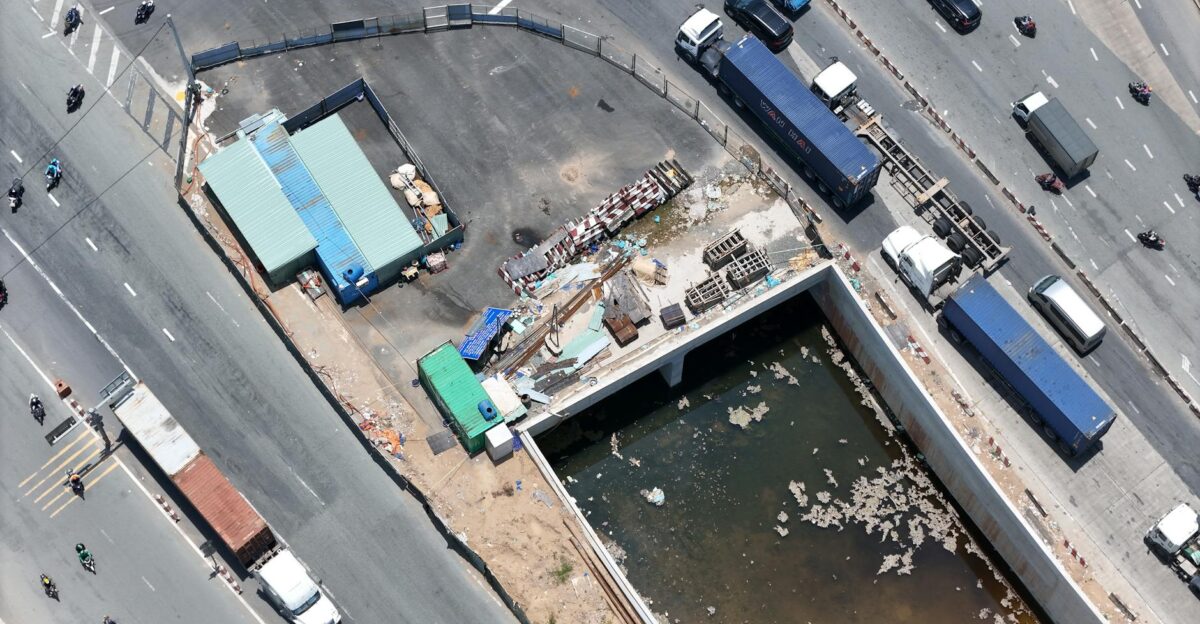
Austin and San Antonio are inching towards a “super metro” union, and New Braunfels sits in the middle. Massive projects are knitting the cities closer. The SH 130 toll road expansion (expected to be completed by 2025) will cut travel times between Austin and San Antonio by as much as 20%.
Simultaneously, TxDOT’s multi-billion-dollar I-35 upgrade (dozens of new lanes) is already easing commutes, reportedly reducing peak trip times by ~15%.
These linkages mean more residents and businesses see NB as part of a continuous urban region.
Economists say such integration could transform the corridor into a single mega-economy – if infrastructure keeps pace.
Environmental Considerations
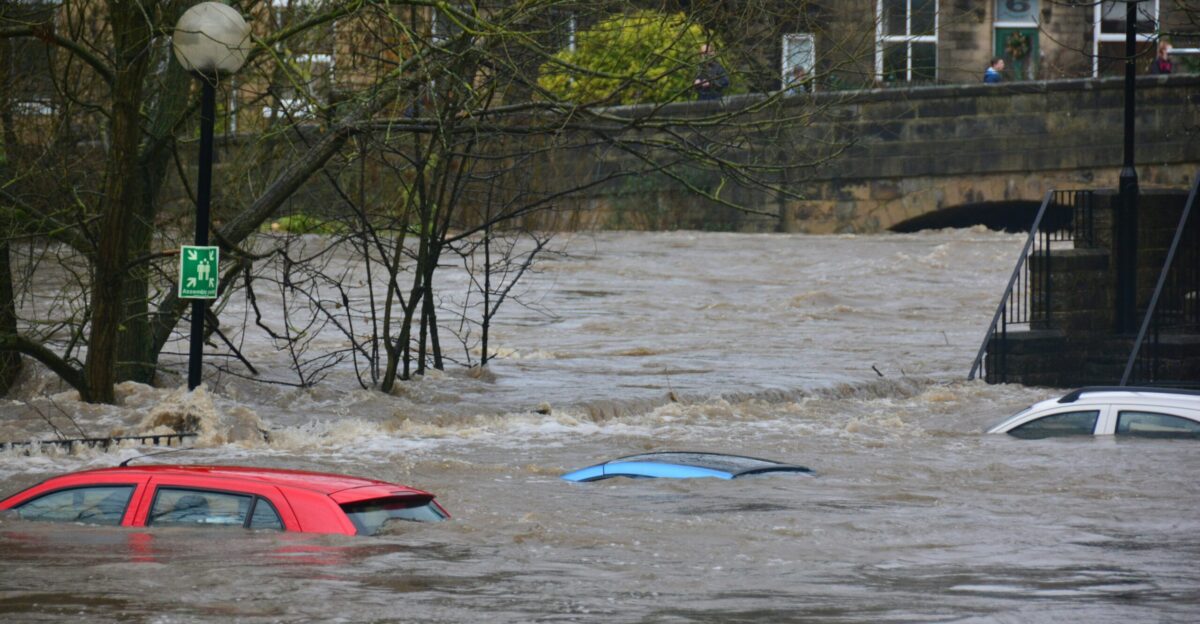
Rapid growth also raises environmental challenges. River and weather patterns can blunt NB’s tourism and strain resources.
For example, the severe July 2025 floods along the Guadalupe River scared away tubing visitors: Whitewater Sports reported their busy-season floats plunged from ~850 people to just ~200.
The owner lamented it was “the slowest summer we’ve seen since COVID,” underscoring how climate extremes can suddenly drain tourist revenue. Meanwhile, summer droughts risk low river levels.
City planners emphasize that sustainable development must factor in water conservation, flood mitigation and other climate-adaptive measures to keep growth resilient.
Cultural Evolution
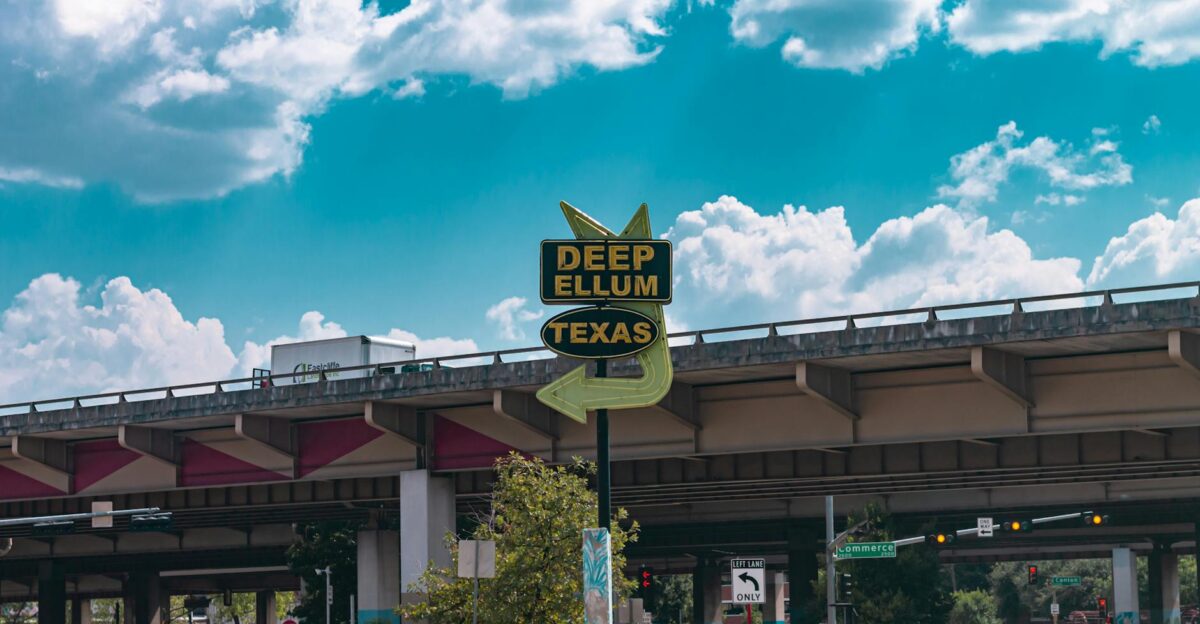
Amid growth, New Braunfels’s German-Texan culture is holding its ground. The city recently swept seven Texas Travel Awards in 2025 – more than any other Texas city – for its arts, music and heritage offerings.
Preserved landmarks like Gruene Hall (Texas’s oldest dance hall) and annual events like Wurstfest show that tradition still thrives. CVB head Tanya Pence said the awards reflect “the dedication and hard work of the NB hospitality industry”.
That means new developments are being tied to historic downtown revitalization and cultural tourism. Even as strip malls rise, downtown festivals and German-style bakeries remind residents of NB’s roots.
Growth Paradigm
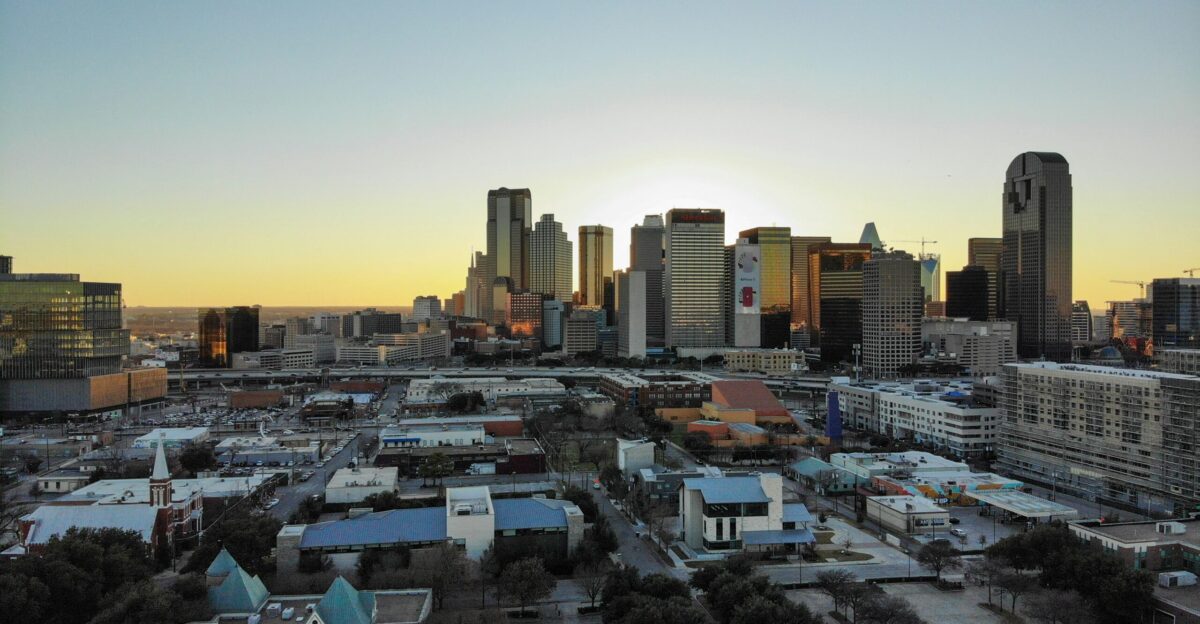
New Braunfels’s trajectory reflects a broader American shift to Sun Belt suburbs. Its story – strategic location, a mix of industries (tech, tourism, manufacturing), and quality-of-life amenities – has made it a national example.
The GOBankingRates ranking and flood of incoming jobs validate what urbanists describe: affordable opportunity drives migration.
As one local editorial put it, NB went from a “hidden gem” to a “national standout”.
This growth paradigm illustrates how mid-sized cities can flourish in the 21st century. Looking ahead, New Braunfels’s success signals that Texas-style suburban booms are reshaping where and how Americans live.